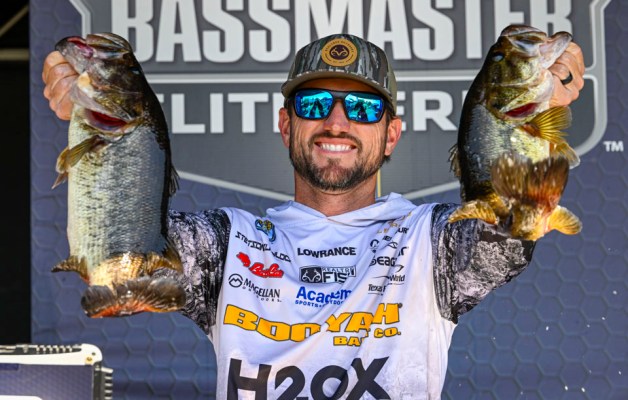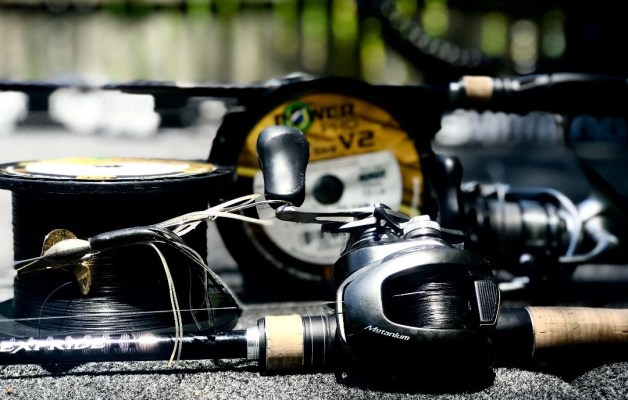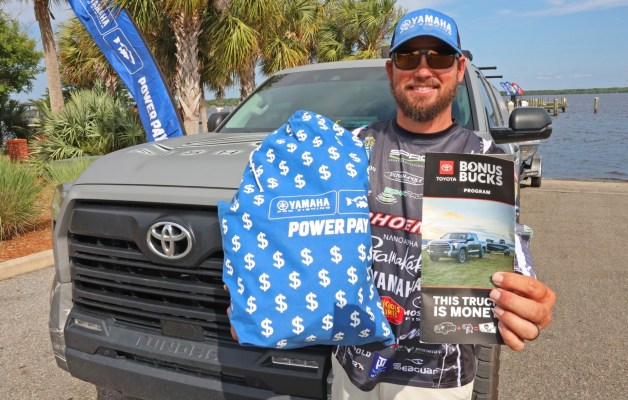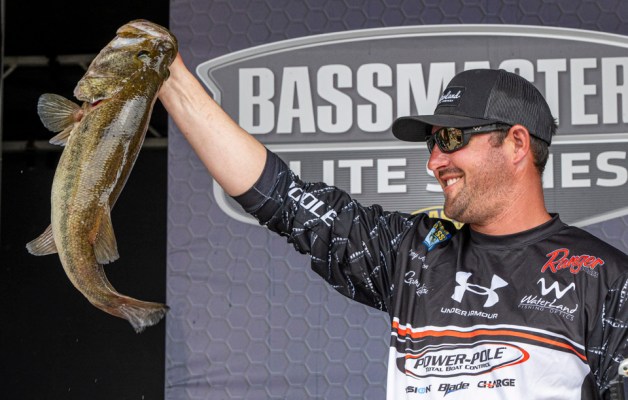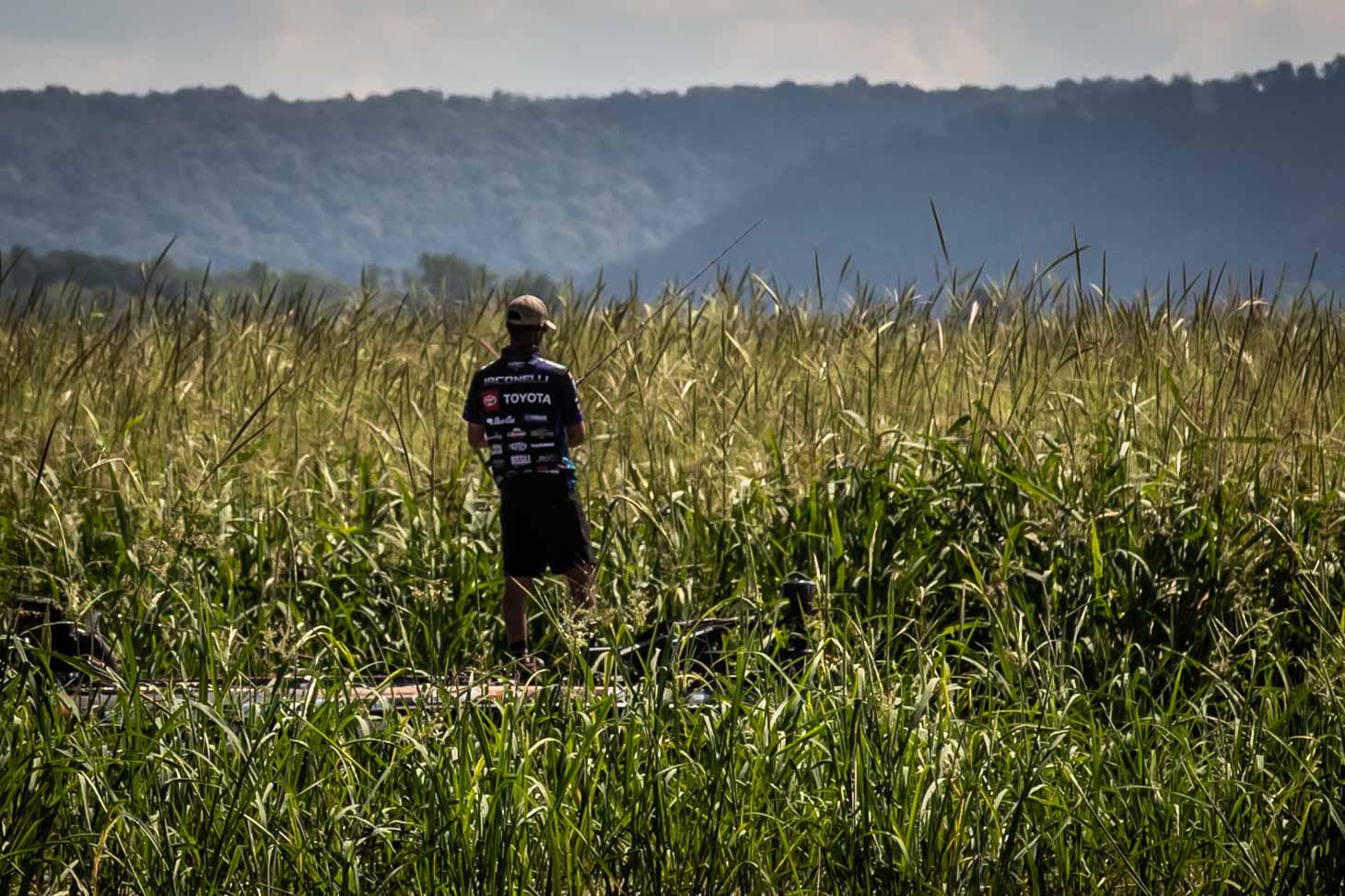
I’m not a scientist, but I know many different species of lily pads grow in lakes and rivers from Canada to Florida and from Maine to California. I’ve caught bass from what I call flat lilies, the giant ones I call elephant ears, spatterdocks and the long, narrow ones I call mother-in-law tongues.
Wherever these emergent aquatic plants exist, they serve as one of the most important types of cover that bass have in their domain. Bass reside in pads spring through fall and even during the winter in temperate climes like Florida. There’s no reason for them to leave this vegetation because pads afford them with food, shade, spawning habitat and ambush cover.
If I’m fishing someplace that has multiple species of pads, I always hunt for whatever type the bass are using at that time. For example, most lily pads grow on soft, mucky bottoms. Tall, skinny mother-in-law tongues grow on shallow, sandy flats. It’s also critical to know how bass make use of pads in different seasons.
Prespawn
Right now in springtime, the pads are regenerating after dying down over the winter. Shoots sprouting from the pad’s root structure attract bass that are seeking food and warmer water.
I love two baits at this time. One is Berkley’s SquareBull crankbait, which runs 2 to 4 feet deep. The other is a 1/2-ounce Molix Muscle Ant spinnerbait. Both of those baits allow me to tick the fresh shoots, which triggers bites.
Spawn and postspawn
Many of our lakes and rivers have silted in over time, especially in the shallows. The root systems of lily pads furnish the hard structure bass need to spawn on. The pads are also emerging by this time, which provides cover for bass fry.
I love the good old Texas rig during the spawn and postspawn phases. If I had to pick one lure, it would be Berkley’s Maxscent The General stickbait with a 3/16-, 1/4- or 3/8-ounce sinker. It’s simply the most versatile soft plastic bait I’ve ever fished.
I purposely throw the General over a pad’s stalk and into a bed. That way I can drape the line over the stem to keep the bait in place. This works great when bass are spawning and guarding fry.
Summer
In summertime pads grow to their full potential and blanket the surface. Add to this pennywort and eelgrass, milfoil and other types of dead aquatic growth that blows into the pads. There’s no reason for a bass to vacate the pads and head for deep water. It has everything it needs under that cool canopy.
My number one pad bait in the summer is a frog, frog, frog and a frog. It’s one of the few baits that are effective in thick pads, and I’m a sucker for the vicious topwater strikes it provokes. I’m big on the Molix Pop Frog. It pushes a lot of water when I’m working it on top of the pads. When I come to a hole or gap in the pads, I can slow down and work the bait in place.
Fall
In this final phase, the water is cooling, winter is coming and the pads are dying and thinning out. But they still provide cover for bass. If there are pads in the back of a creek, 90% of the bass that migrate there for a final feeding binge on shad will be in this vegetation.
During this late phase, there will be openings and lanes in the pads that let you cover water with a swim jig. I fish a Missile Baits compact Mini Swim Jig in this situation. It fishes cleaner and doesn’t hang up as much as a bulkier swim jig. I go with a shad colored jig and match it with a 3.3-inch Berkley Powerbait Power Swimmer Swimbait in white or French Pearl. It looks just like a shad swimming through the pads.
You can learn more about how I fish lily pads and other types of cover at www.mikeiaconelli.com or www.youtube.com/c/goingike.


